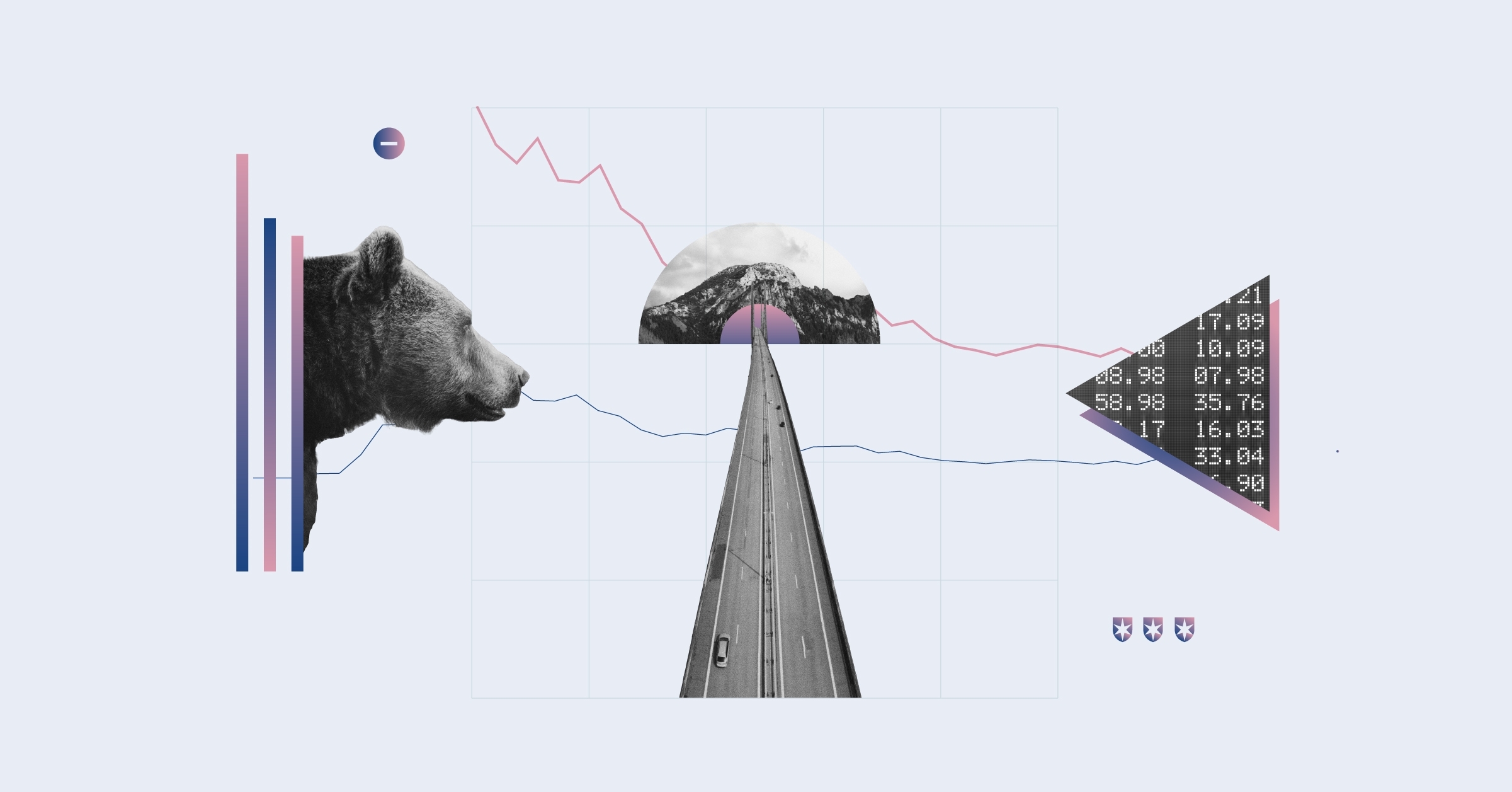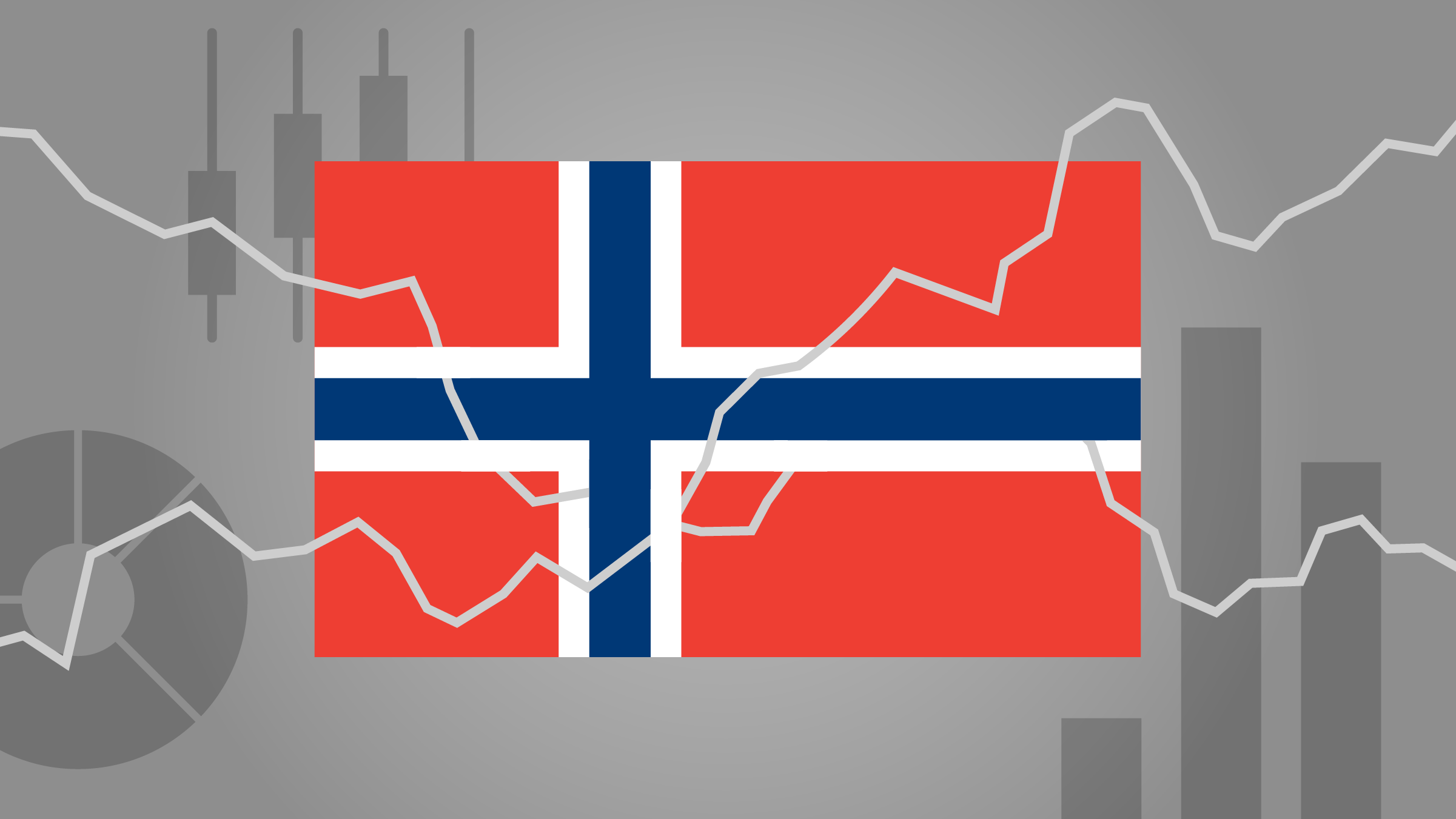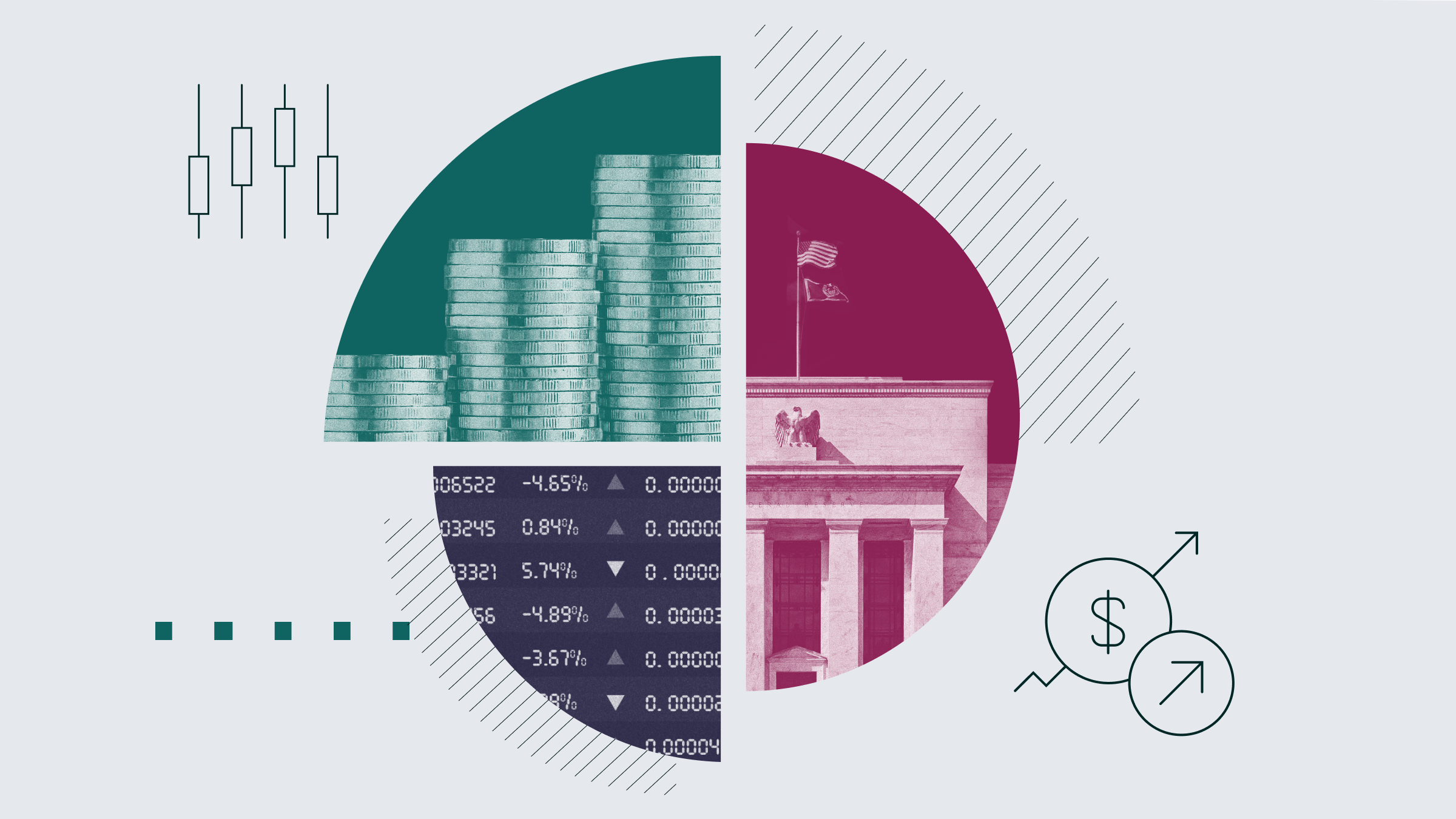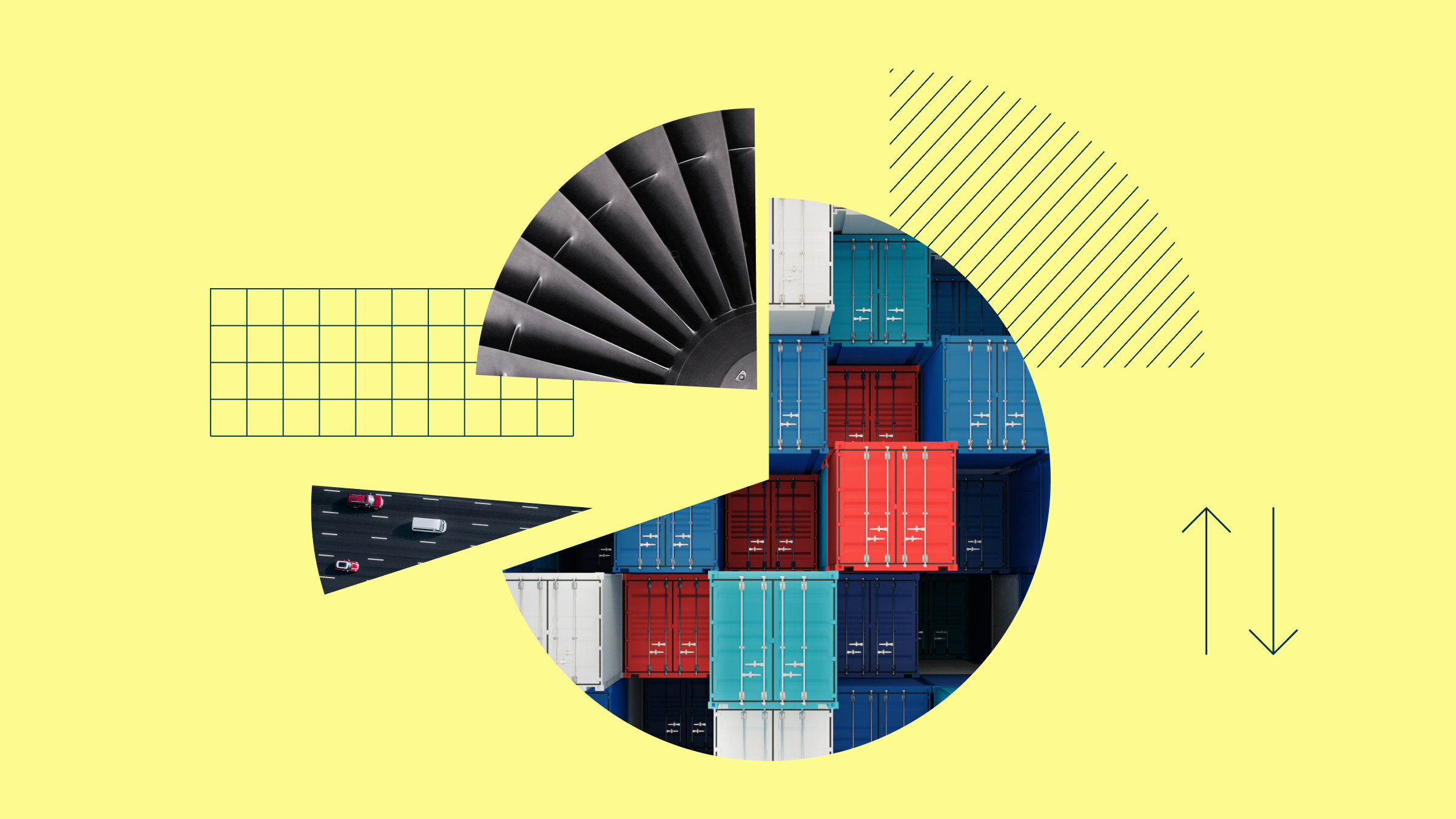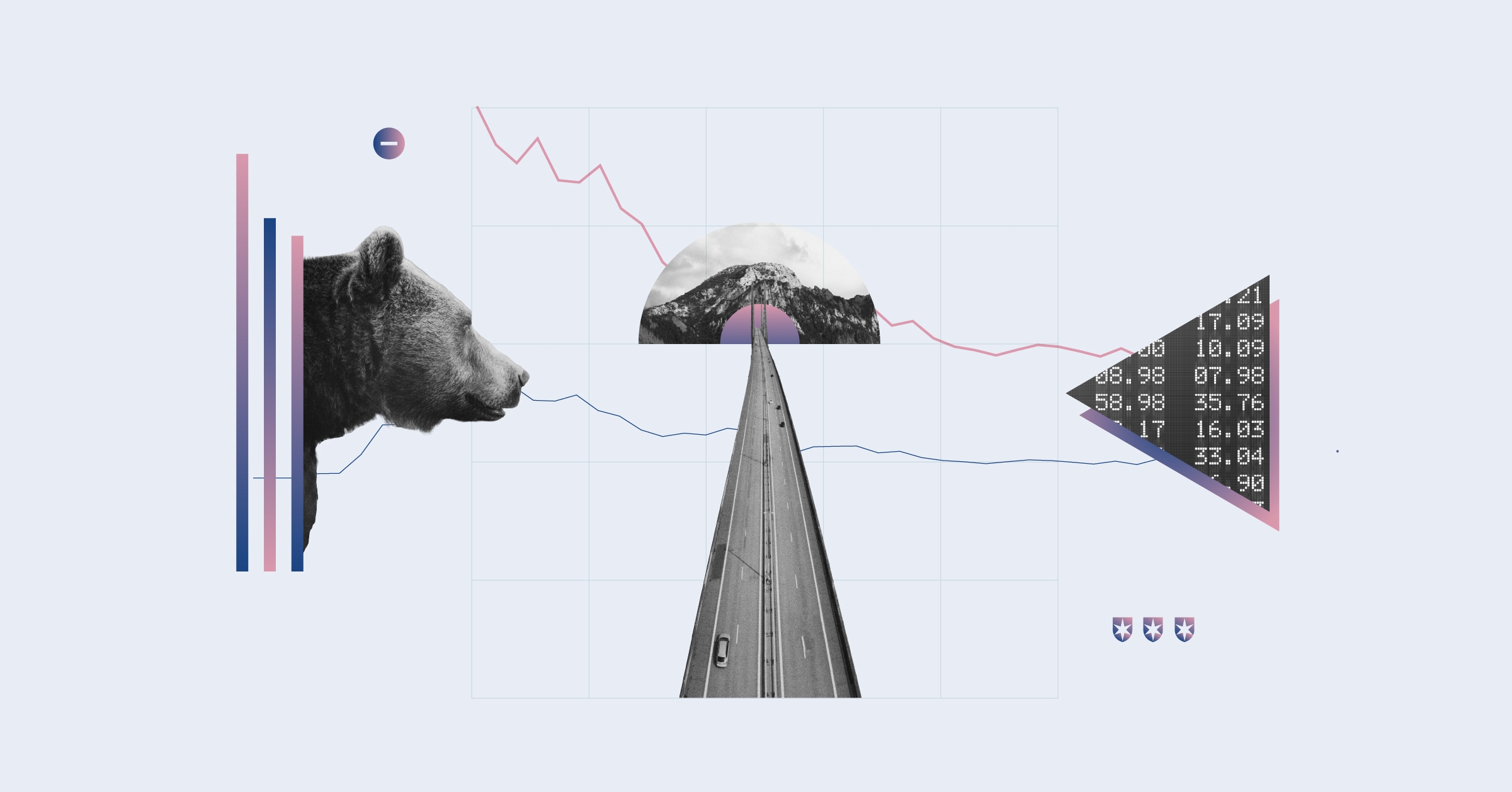Christine Benz: Hi, I'm Christine Benz for Morningstar.
I recently travelled to the annual Bogleheads event just outside of Philadelphia, where I had the opportunity to sit down with the event's namesake, Jack Bogle, who is the founder of the Vanguard Group of Funds.
Jack, thank you so much for being here.
Jack Bogle: Always glad to be here. It's been a year now. I am glad to be with you again.
Benz: So, let's start with your outlook for the market. Let's start with equities, and talk about what your expectations are and how you arrive at them?
Bogle: Well, I've been using this kind of system, if you will, ever since the early 1990s, when I forecasted returns for the 1990s, and it's very simple, and it is extremely helpful, because I divide market returns into two categories--investment return and speculative return.
Investment return is a dividend yield on the day you buy into the market, and to that is added earnings growth that follows. So, today, the dividend yield is around 2%, and I think we can look forward to 5% in earnings growth--nothing is guaranteed, but basically there is nominal growth, and the country is going to be growing like that rate, I think, nominally. And so that would be a 7% investment return or fundamental return.
Benz: Bonds: I am guessing you are less sanguine, about the bond market.
Bogle: Wait a minute to talk about bonds, to finish the stocks, because stock returns are also affected by speculative return, and speculative return is the amount of dollars, the number of dollars, people will pay for a dollar of earnings. So, for example, in 1980, they paid $10 for a dollar of earnings, a price/earnings multiple so-called. In 1990, it doubled to $20. It had added 7% to the return in the 1980s, and then that 20 times earnings in 1990 went to 40 times essentially in 1999, and added, doubling again, another 7%.
So you know the investment return is going to be fairly stable. You know the initial dividend yield, exactly what it is, and so the question is, will P/Es go up or down by the end of the decade, I don't do this for shorter periods … there just isn't many merit in shorter periods.
The fact of the matter is, at 40 times earnings the market is unsustainable. Could we double again? We'd have to repeat those 7% annual returns additions, and it would have to go to 80 times, and the market can do anything …, but 80 times is pushing your luck.
Benz: So at current valuation levels...
Bogle: My basic guess, and it's hard, very hard to guess--first, we don't even know what the current P/E is. There are so many different ways of looking at it: 10-year average, 5-year average, last year's earnings, next year's earnings. A big one is operating earnings versus reported earnings. Operating earnings are before all those charges that companies have; reported earnings after them, and I prefer reported. But something like 16 is probably the P/E that we're at today, rationally looked at.
And I would expect that's not going to go up a lot or down a lot in the next 10 years. So I'm just going to call out arbitrarily, zero. So 7% would be my outlook for stocks.
Bonds is a similar system, except there is no speculative return over 10 years, because a 10-year bond matures in 10 years; you get back the par value. There is no growth in earnings or in appreciation in the value of the bond, so you rest entirely on the interest coupon.
So, today, if you look at a 10-year Treasury bond, for example, at 1.6%--a hypothetic 1.6%--that's going to be your return in the next 10 years. Now, I don't think many people are going to be satisfied with that, and you can increase that return by taking a little more risk--investment-grade corporates, longer maturities, this is kind of a short-intermediate maturity, today, for 10 years, and you can go out to the 12- to 15-year range without getting into real volatility of a 25- to 30-year bond.
So, if you could get a 2.5% return or 3% return on bonds today, that would be the return for the next 10 years. Today's yield is the 10-year return, and the correlation between those two numbers is an incredible 91%, but of course, it has to be. It comports with your ideas of logic.
Benz: How about your inflation expectations? What sort of inflation should investors be baking into their assumptions?
Bogle: I'm using 2.5%. I don't know, and the reason I'm a little bit different from Bill Gross in a lot of ways, but in this way, he gives you real returns, and it's always unclear with him where the return is coming from. I give you the nominal return, and then I basically say, you take your choice on the inflation rate and that will give you a real return. But I think you should be using something like 2.5%, and that would take that nominal return of 7% down to 4.5%, and the nominal return on bonds down to almost zero. So, you'd have about a 2% nominal return on the balanced portfolio, real.






